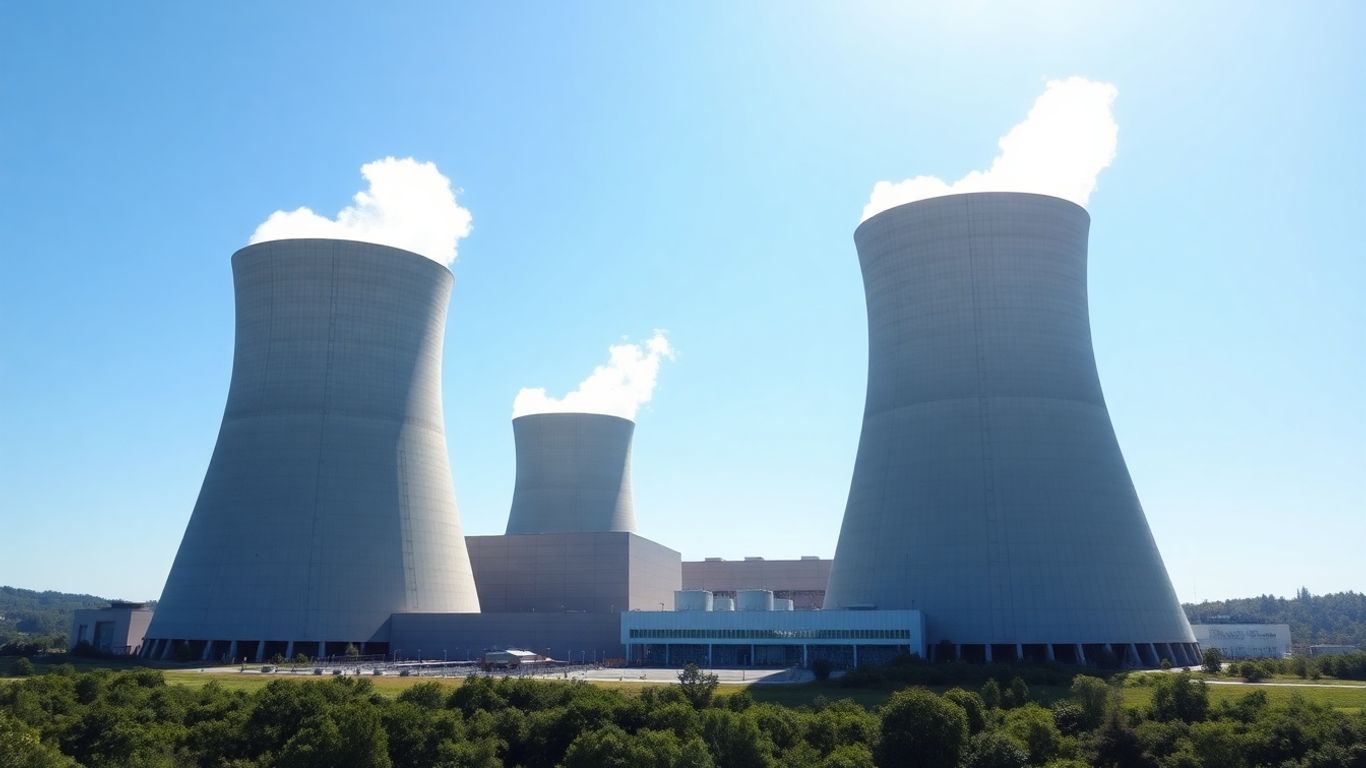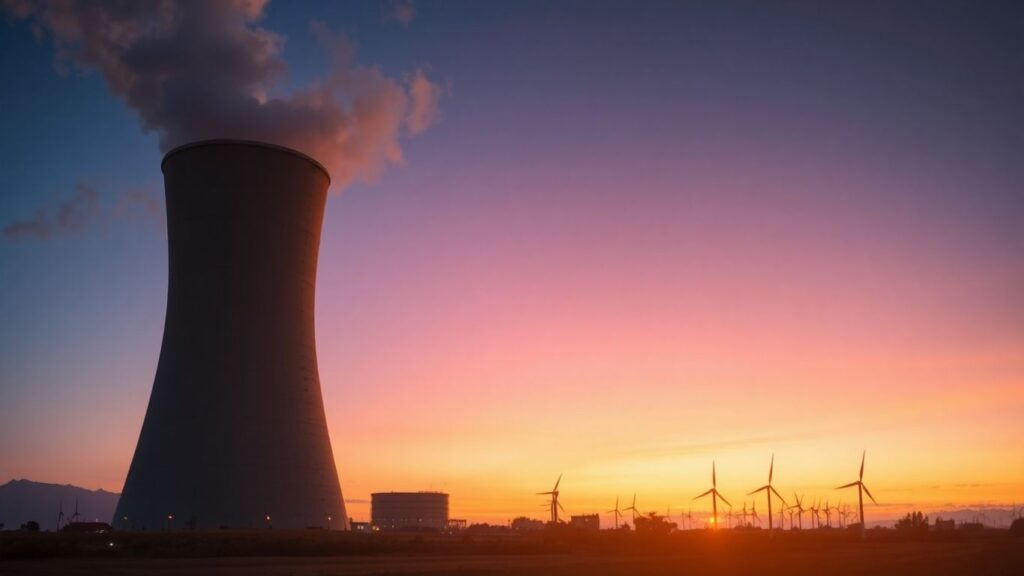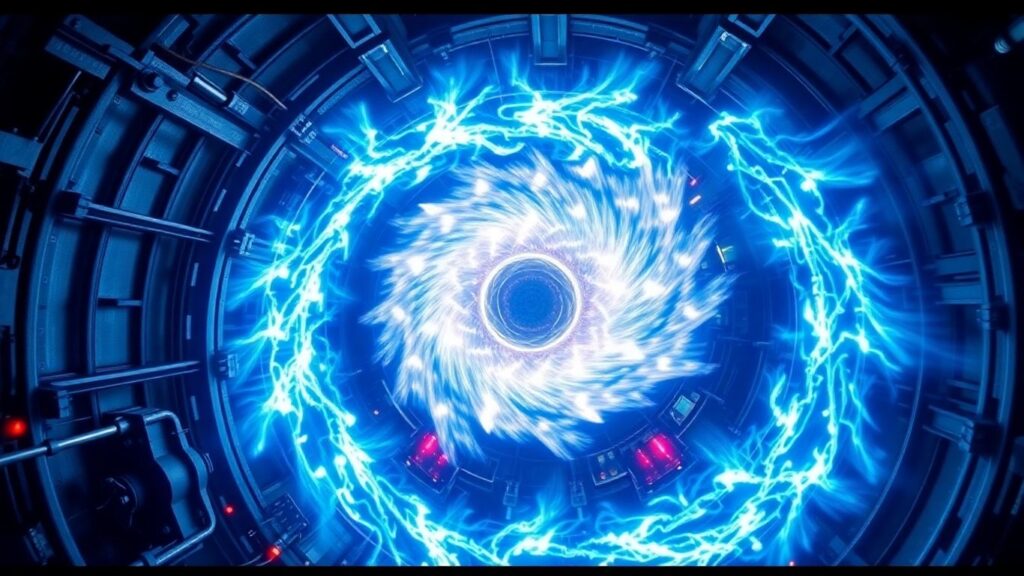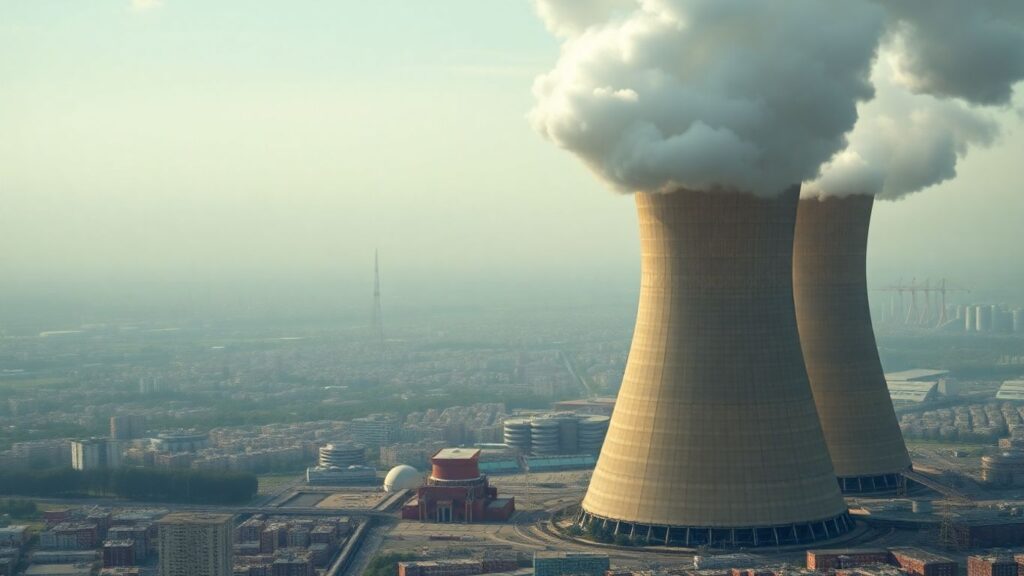The global energy landscape is witnessing a significant expansion in nuclear power, with a surge in new plant constructions and reactor plans. This growth is driven by increasing energy demands and a focus on global energy security, positioning nuclear energy as a key player in the low-carbon future.
Key Takeaways
- Nuclear power currently generates approximately 9% of the world’s electricity, making it the second-largest source of low-carbon power.
- Global nuclear capacity is set to reach a record high in 2025, with numerous reactors under construction and more in planning stages.
- Asia, particularly China, is leading the expansion, with significant investments in new nuclear capacity.
- Small Modular Reactors (SMRs) are emerging as a promising innovation, offering scalability and potential cost-effectiveness.
- Advanced manufacturing techniques, including 3D printing and robotics, are revolutionizing nuclear construction.
- Innovative financing models, such as public-private partnerships and green bonds, are supporting nuclear projects.
- Enhanced safety features and digital twin technology are improving the reliability and security of nuclear operations.
Global Nuclear Growth and Regional Dynamics
Globally, nuclear power is experiencing a robust expansion. In 2023, nuclear facilities produced 2602 TWh of electricity, an increase from the previous year. With 65 reactors currently under construction and 90 more in planning, the global fleet of nearly 420 active reactors is projected to hit a record high in 2025. Over 40 countries are planning to expand their nuclear capabilities, underscoring its growing importance in meeting rising energy needs. Asia is at the forefront of this growth, with China expected to surpass the United States and the European Union in installed nuclear capacity by 2030. The International Energy Agency forecasts a nearly 3% annual growth in global nuclear generation through 2026.
Technological Innovations in Nuclear Power
The nuclear industry is embracing advanced technologies to enhance efficiency and safety. Advanced manufacturing techniques, such as 3D printing and robotics, are streamlining construction processes, reducing waste, and improving component quality. Small Modular Reactors (SMRs) represent a significant leap forward, offering flexibility, scalability, and potentially lower costs through factory production. These SMRs are designed with enhanced safety features, including passive cooling systems and automated shutdown mechanisms. Furthermore, the implementation of digital twin technology allows for real-time monitoring, predictive maintenance, and virtual training, significantly improving operational safety and efficiency.
Financing and Workforce Development
Substantial capital investment is crucial for the expansion of nuclear power. Innovative financing models, including public-private partnerships and green bonds, are attracting significant investment. The market for nuclear green bonds has seen remarkable growth, providing over $5 billion in financing to date. To support this growth, the industry is heavily investing in workforce development. Job opportunities in the nuclear sector are projected to triple by 2050, with a growing demand for digital skills. Virtual reality training programs are also being utilized to enhance the skills and safety of the nuclear workforce.
Safety and Regulatory Frameworks
Safety remains paramount in the nuclear industry. Modern reactor designs incorporate multiple layers of protection, including advanced monitoring systems and AI-powered safety features that continuously analyze operational data to detect anomalies. Emergency response plans are continuously strengthened, and robust cybersecurity measures are in place to protect critical systems. The International Atomic Energy Agency (IAEA) plays a key role in establishing global safety standards, which are continuously updated to reflect the latest advancements and lessons learned. Cross-border cooperation mechanisms facilitate information sharing and the harmonization of regulatory approaches, ensuring a consistent and high level of safety worldwide.
Sources
- The Hidden Growth Story Behind Global Energy Security, Energies Media.
- Small Modular Reactors: A Realist Approach to the Future of Nuclear Power, Information Technology and Innovation Foundation.












